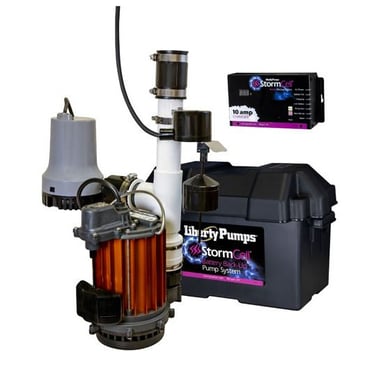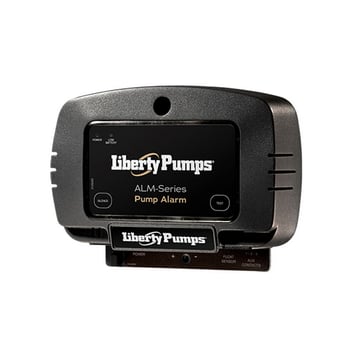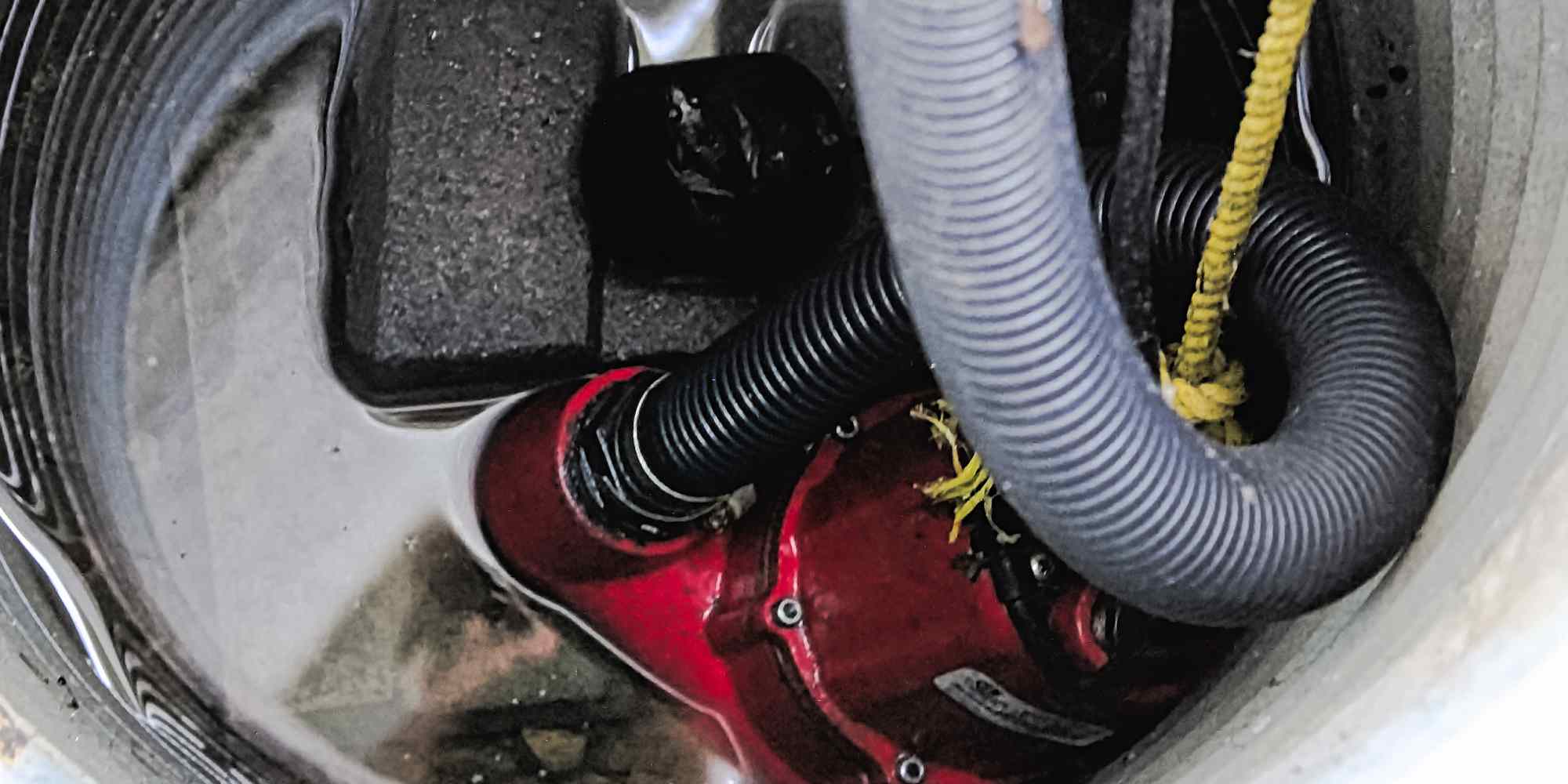Wolseley PRO Pipeline Blog
Sump pumps are an important line of defence against spring flooding, but only if you choose the right pump for the application. With so many options available, it’s important to not only know what the pumps are capable of doing but also to understand the demands that will be placed on the pump depending on the customer. Taking into account water levels and seasonal factors can help you evaluate the overall flood risk, and make recommendations on the right sump pump system for the job.
Looking Beyond the Initial Cost
As the expert, it’s up to you to guide homeowners into making the right decision on a sump pump for their home. Their biggest concerns typically come down to cost and availability. They need the product immediately to take care of their water needs, and they don’t want to spend too much doing it.
Take the opportunity with each customer to help them make a decision that provides value beyond price point and availability and gets them to see how their pump plays a role in the overall picture of home protection.
Understanding the Water Flow Situation
While a house with a low water table and far from bodies of water may be fine with a low horsepower pump if the home is close to a lake or on a flood plain, a higher horsepower pump is needed. Houses situated next to lakes also have a higher water table. The excess water could overwhelm and burn out a low horsepower pump, causing a flood.
If you know a customer is gravitating towards a pump that can’t handle their water table, steer them in a direction of a higher-powered one to avoid the flood risk.
When a Single Pump Isn’t Enough For Their Needs
Sometimes, you’ll need to get customers to think “what would happen in xyz situation?” If there’s a high water table and excessive groundwater, is the pump enough? If there’s a power outage, what would happen? They’re all scenarios a homeowner might not think about at the moment of choosing a sump pump, but they will be thinking about it after the situation has already risen.
Regardless of the size of the pump, any home sitting with a high water table cannot afford to be without a backup system. With more groundwater, it’s smart to set up a duplex system and have a backup pump automatically turn on if the primary pump fails. A failsafe system could include a pump with a higher horsepower paired with an automatic 115-volt backup pump that’s already installed in the pit.
Rural areas tend to experience a higher level of spring run-off or high ground water. At the same time, these areas may be prone to more frequent power outages. In these areas, suggesting a backup is a better solution. Combination units are available where the primary pump and the battery backup is integrated into one system. In situations where the pump failure is not caused by a power outage, some battery backup systems will detect when power is still available. Using an inverter, the pump is able to convert 115 volts to 12 volts to run the backup pump.

Shop Liberty Pumps - Sump Pump Combo
Protecting Their Previous Investment—A Finished Basement
A finished basement should be protected with additional accessories that can sense and warn homeowners of the presence of water.
Following a typical lifespan of 10 years, a sump pump will eventually break down with a typical but a customer can greatly benefit from knowing there’s a breakdown, sooner rather than later. With a system that includes a backup pump in the pit plus a high water alert or alarm, the homeowner can intervene before anything goes awry. Plus, finishing a basement is an investment in itself. Why not encourage the homeowners to protect that investment with the right sump pump system?

Shop Liberty Pumps - ALM Series
Key takeaways for assessing the client’s needs
As you’re working with a customer, think about these questions and assess their home to determine how extensive their sump pump system should be:
- Is there nearby water? Make sure to ask about creeks or streams close to the property. It will determine if you’re dealing with a low or high water table or unexpected flood plain.
- Determine how high and far the water needs to be pumped – it will tell you if a larger pump is needed.
- Check to see if the pit fills quickly and continuously. That’s a sure sign that the pit and pump are too small for the water flow.
- In areas where there’s high groundwater, a backup pump is a necessary part of the sump pump system.
- With the threat of frequent power outages, a battery backup may be the right solution.
- A finished basement needs added protection. High water alarms, temperature alerts and puddle mats are worth the investment.
Contact your Wolseley representative today to learn more about how you can design the right sump pump system based on your clients’ needs.
Be sure to also shop our Spring Pump Deals for more from Liberty Pumps and other top brands.
To get all the latest news about trends and technologies in sump pumps and wastewater management, be sure to sign up and become a Wolseley PRO. You’ll get the latest tips, promotions and more sent straight to your inbox. If you want to learn more about products, training and upcoming webinars from products Wolseley carries, visit the Knowledge Hub.
To learn about the hottest deals, events and Wolseley promotions, subscribe to our e-mail list today.









